Focus on drawing 2D shapes and describing 3D objects with this set of differentiated worksheets.
Describe Features of Three-Dimensional Objects
Use these differentiated worksheets when teaching your students about the names and features of 3D objects. They have been specifically designed to be used with students of mixed abilities. Each version has slight variations that match with Grade 2, 3 and 4 curriculum codes.
In order to keep the different levels discrete, there are simple shapes (circle, triangle or square) on each worksheet. The more sides to the shape, the greater the worksheet’s complexity.
Each worksheet requires students to name and label a variety of 2D shapes and 3D objects.
What Is Included in This Differentiated Worksheet Pack?
This worksheet pack includes the following:
- 3 x leveled one-page worksheets
- Answers
This versatile resource can be used as a:
- whole-class review (via smartboard)
- individual practice
- homework activity
- summative assessment.
Download, Print, Teach!
Use the Download button to access the easy-print PDF version of this resource.
As this worksheet pack includes answer pages, we recommend printing one copy of the resource, then removing the answer pages before photocopying.
Looking for more resources to make your lesson planning easier? We have some great options for the topic of 3D objects!
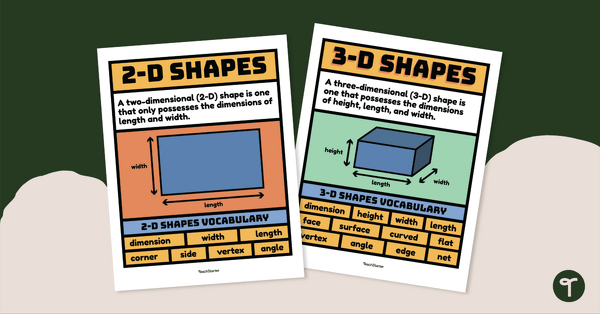
teaching resource
2D and 3D Shapes Vocabulary Poster
A poster that explains 2D and 3D shapes and lists associated vocabulary.
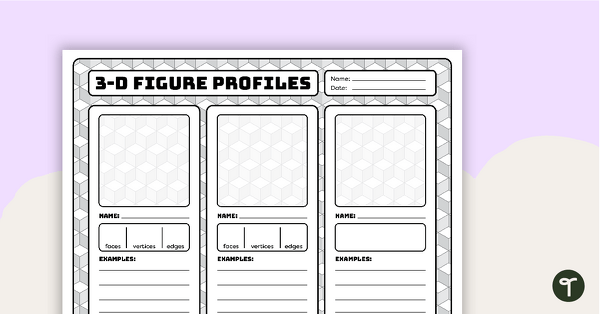
teaching resource
3D Shape Profiles – Template
Draw, name, and describe the features of 3D figures with this profiling template.
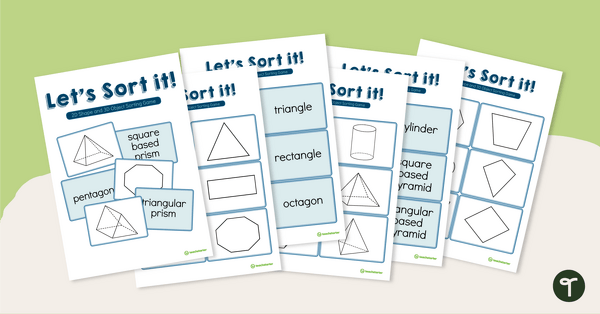
teaching resource
Let's Sort It! - 2D and 3D Shapes
Play this sorting game when learning about the properties of 2D and 3D shapes.
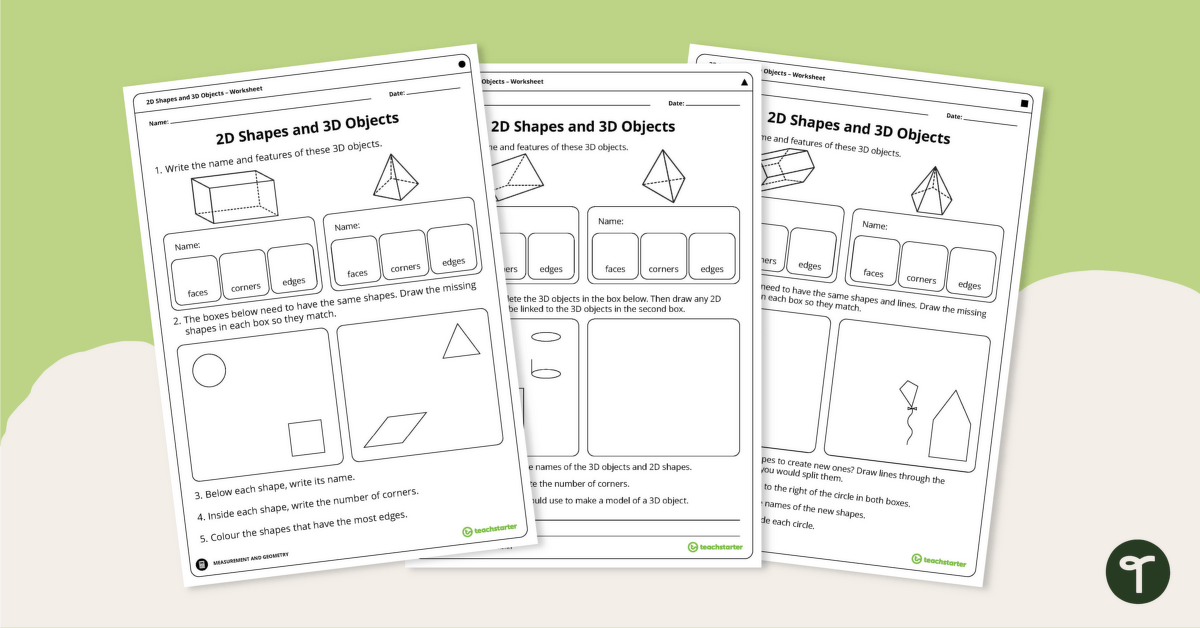

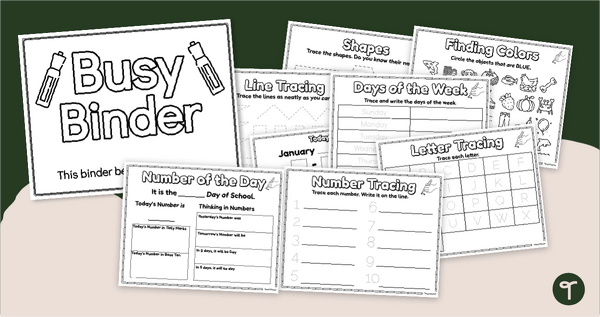
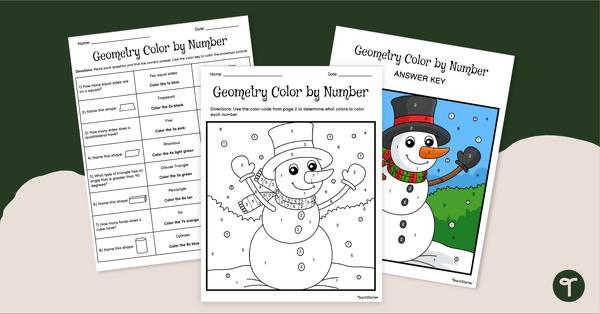
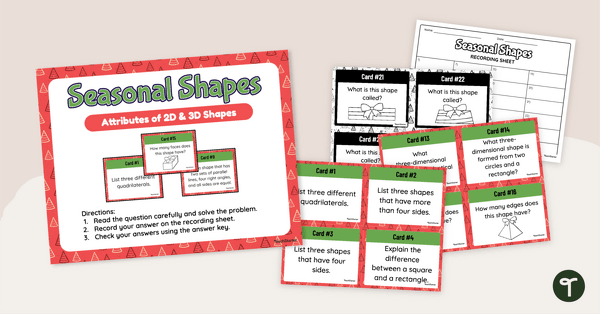

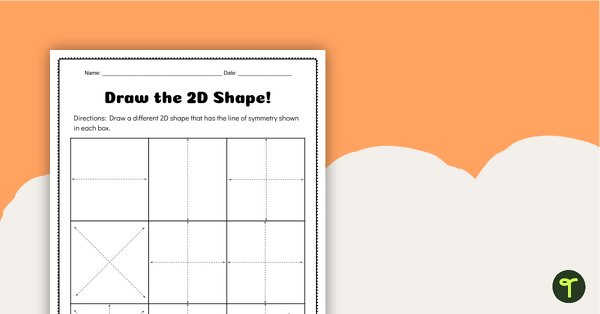
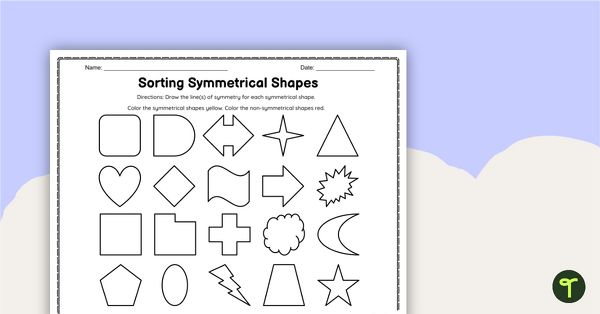
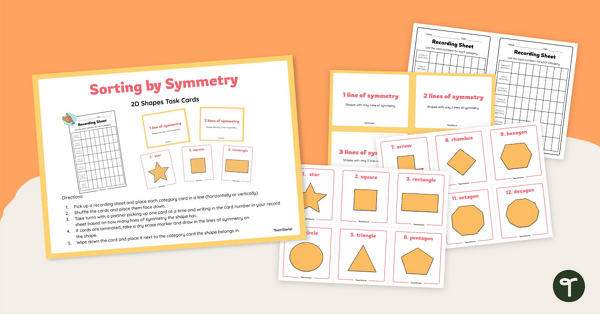



0 Comments
Write a review to help other teachers and parents like yourself. If you'd like to request a change to this resource, or report an error, select the corresponding tab above.